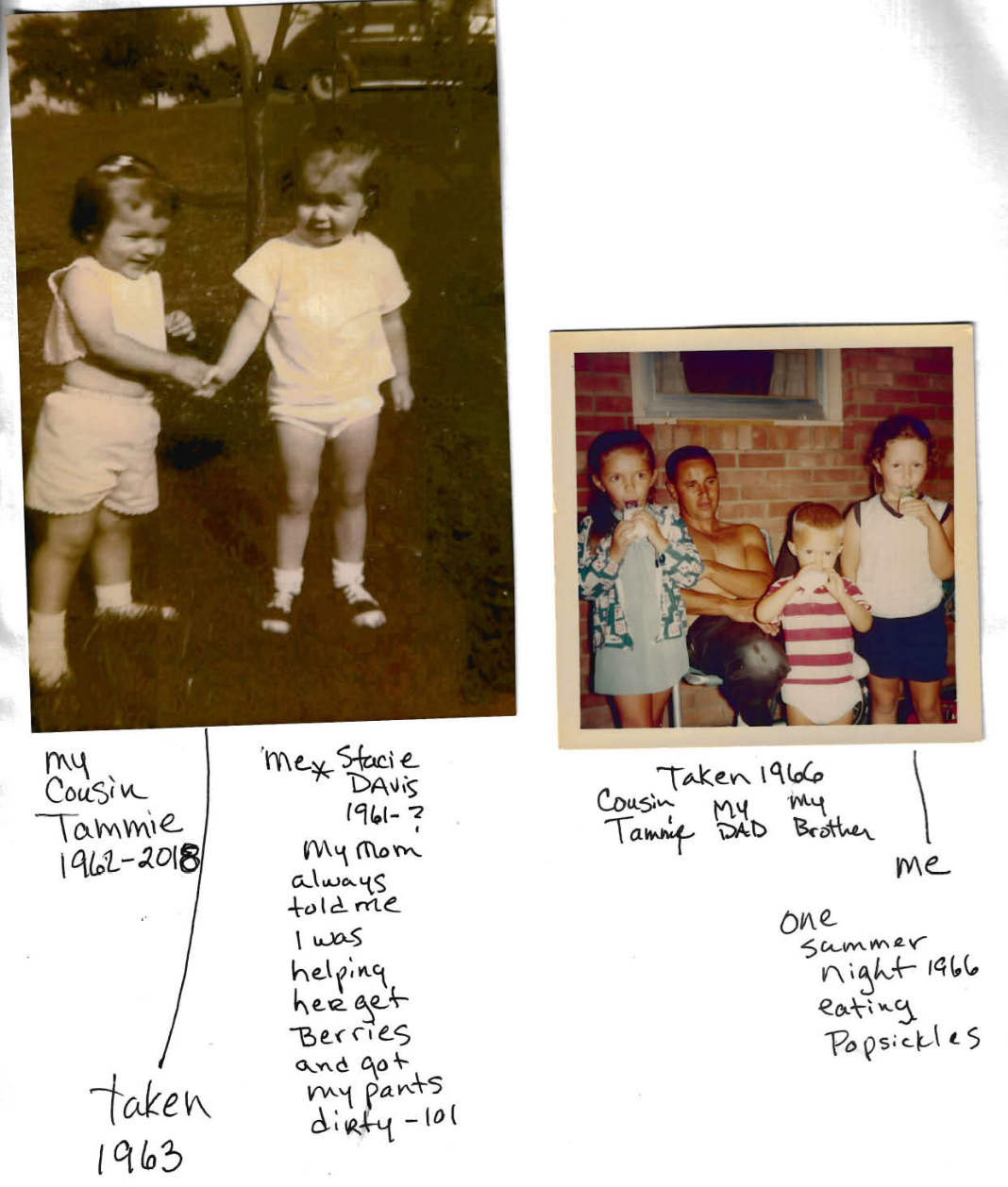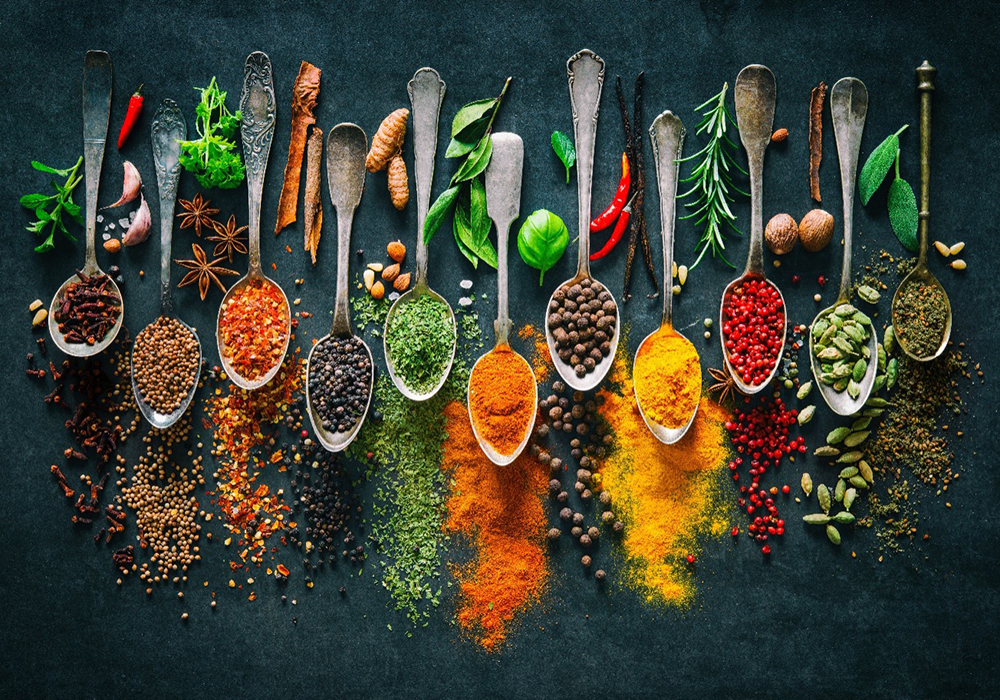Food culture—the practices, attitudes, beliefs, and networks surrounding the growing, production, distribution, and eating of food—links individuals around the world and the meaningful stories behind their favorite dishes. Your heritage may connect you to recipes that trace back generations, and the important meaning behind those meals is often rooted in tradition, celebration, and sustaining your physical and mental well-being.
What the Research Tells Us
Food culture and the consumption of food evolves with the eras, and that constant state of change may have “exacerbated poor eating patterns and food choices.” In general, eating well reduces your risk for physical health problems like heart disease and diabetes and improves your sleeping patterns and energy levels. Combining the physical and mental health benefits, a positive relationship with food is essential for every aspect of your well-being.
Building your awareness and understanding of food culture and nutrition can also support your professional development and well-being as a nurse. Understanding how culture can influence what and when individuals eat enables you to provide culturally competent patient education and develop trusting patient-provider relationships.
How to Practice
We asked ONS members to tell us their favorite summer recipes and how their memories about them affects their mental well-being. Try these recipes for yourself this summer or share your own with other members in the ONS Communities.
ONS member Stacie Davis, RN, MSN, OCN®, oncology educator at Ballad Health in Johnson City, TN, and member of the Northeast Tennessee ONS Chapter, said that one of her favorite recipes is a blackberry cake that has been passed through her family for at least 100 years. The cake reminds Davis of family, church, and the “endless summer days spent outside in the sun” of her childhood.
“All of us kids would be sent out to the fields to pick blackberries. We had a bag to fill and generally could not return until it was full,” Davis recalled. “We ran around barefoot and in old clothes. The berries would stain our clothes and us blue.”
Davis and about a dozen of her cousins, siblings, and neighbors would dodge thorns and even snakes, she said. Gathering the berries was always the children’s duty, and she added that her mother also remembers gathering berries for the cake with her sisters as a child, as her mother before her did, too.
“We needed enough for several quarts of canned blackberries. Mamaw put them up in her blue enamel water bath,” Davis said. “We mostly put the berries up for the blackberry cake for church homecomings and family reunions. It was a special cake.”
Stacie Davis’s Blackberry Cake
You will need:
- 1 1/2 cups sugar
- 1/2 cup butter or shortening
- 5 eggs
- 2 cups all-purpose flour
- 2 tsp. baking soda
- 2 tsp. cinnamon
- 2 tsp. nutmeg
- 1/2 tsp. cloves
- 1/2 cup buttermilk
- 2 cups blackberries
Directions:
- Preheat the oven to 350 degrees Fahrenheit.
- Cream the sugar, shortening, and eggs.
- Mix the flour, baking soda, cinnamon, nutmeg, and cloves.
- Add the shortening mix, then mix in buttermilk.
- Add the blackberries last.
- Bake in a greased and floured tube pan at 350 degrees Fahrenheit for one hour.
- Frost with caramel or vanilla icing.
“Food should have a connection with the past—a positive connection to someone who loves you and made this food for you,” Davis said. “The smell and taste take you back to a safe and nurturing place of life. Food connects us back to our roots and the ones who raised us. These people did not have a lot sometimes, but it never felt that way.”

Davis is just one of many individuals whose hearts are filled with fond memories from family recipes. The feeling is warm and safe, and one that everyone should have the chance to experience. That’s why ONS member Laura Pole, RN, MSN, OCNS, director of nourishment education programs and integrative oncology navigator at the Smith Center for Healing and Arts in Washington, DC, has integrated cooking and values into her work as an oncology clinical nurse specialist.
Pole took a hiatus from her professional practice to go to the National Gourmet Chef Training Program in New York to become a health supportive chef and culinary translator. “That is, helping people with cancer take a dietary prescription and translate it to the plate of nourishing delicious food,” she said. Pole applies her culinary translation training in her work with Smith Center for Healing and the Arts, a cancer support organization.
“As part of our patient navigator programs in the African American and African immigrant communities, we created a cookbook called Soul Savory,” Pole said. “Members of those communities submitted their favorite recipes from their heritage, and we created healthy versions of many soul food favorites.”
One of Pole’s favorite recipes from Soul Savory is southern style vegetable chili, to which she credits Josie Hollingsworth. Even though chili may be considered a cold-weather dish, Hollingsworth’s recipe is vegan and lighter than classic chili, Pole said. The recipe makes 8–10 servings.
Vegan Southern-Style Vegetable Chili
You will need:
- 2 chopped medium onions
- 2 diced medium carrots
- 2 cups chopped collard greens (You may substitute with kale or mustard greens)
- 3 cups diced tomatoes, canned or fresh (preferably organic)
- 3 cups cooked black-eyed peas
- 1 garlic clove, minced
- 3 tablespoons chili powder
- 1 tablespoon canola oil
- 1 1/2 cups of water
- 1 teaspoon Texas Pete hot sauce
- 4 cups of hot cooked brown rice or 8–10 slices of cornbread
Directions:
- At medium temperature, heat oil in a large pot.
- Add the carrots and onions. Cover and cook about 5 minutes, until onion is soft.
- Add the collards and garlic and cook, covered, 5 minutes to wilt the collards.
- Add the tomatoes, chili powder, water, salt, and hot sauce.
- Bring to a boil, then lower the heat and simmer 30 minutes or until the vegetables are tender.
- Add the black-eyed peas and simmer 10 minutes longer to blend the flavors.
- Add water as necessary.
- Adjust seasonings to taste and serve over hot brown rice or cornbread.
“What was brought home to me is that the roots of soul food are quite healthy,” Pole said. “I grew up eating Creole food, and it’s coming full circle to work a little cooking magic to make my favorite dishes healthy and still delicious.”
To contribute to the conversation and share your favorite summer recipes and what they mean to you, visit the ONS Communities.






